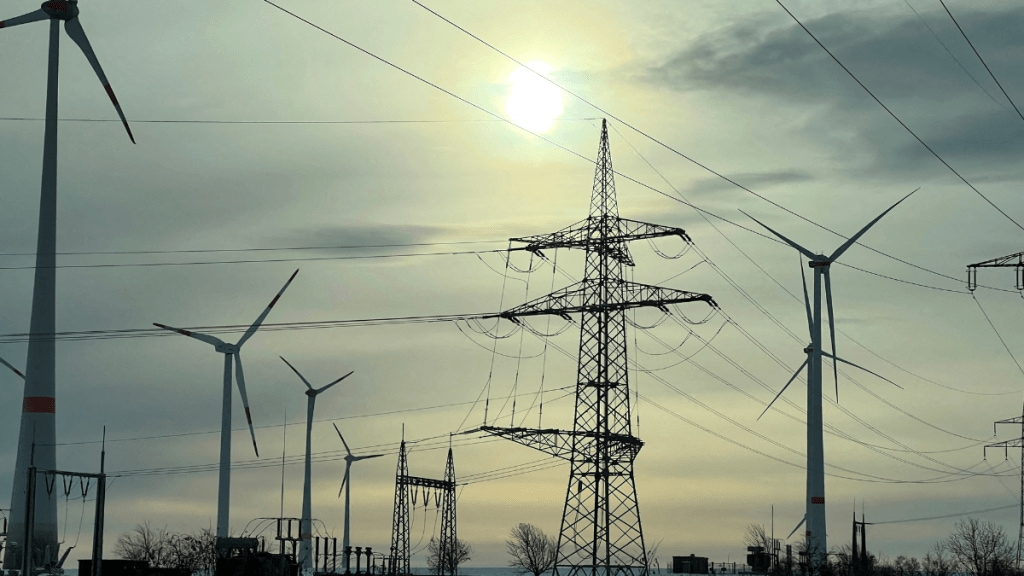India is expected to add 30 gigawatt of power generation capacity this financial year, with more than 80% of it coming from renewable energy, according to rating agency Icra. India’s total capacity addition in FY24 stood at 25 GW.
The agency said a strong project pipeline and favourable solar module pricing will help in the projected renewable energy (RE) capacity addition of 25 GW.
As the demand for power continues to surge, the country is expected to ramp up capacity addition across the sector. Moreover, the government is looking to encourage investments in new thermal power projects, with a target of adding 80 GW thermal capacity by 2032.
Icra said thermal capacity addition during this fiscal will be driven by state and central utilities with improved plant load factor (PLF).
“Icra’s outlook for the thermal power segment is stable, following the improvement in the thermal PLF and healthy demand growth, thereby improving visibility on signing of new power purchase agreements(PPAs),” it said.
The agency projects the all-India thermal PLF level to rise marginally to 70% in FY25 from 69% in FY24, led by the growth in electricity demand and limited thermal capacity addition.
“The thermal segment is expected to add 5-5.5 GW capacity in FY25, with the balance 25 GW contributed by the renewable energy segment. While the RE segment would remain the key driver of the generation capacity addition going forward, Icra expects the thermal segment to witness new project announcements, given the healthy demand growth,” said Vikram V, vice president at ICRA.
Vikram noted that if the demand continues to grow at 6.5-7% till 2030, the incremental thermal capacity required to meet the demand would be 40-50 GW, against the under-development capacity of approximately 35 GW, necessitating the development of new thermal capacity beyond the existing pipeline.
Icra’s outlook for the power distribution segment remains negative amid limited tariff hikes and continued loss-making operations.
The average spot power tariffs in the day ahead market (DAM) of the Indian Energy Exchange remained high at Rs 5.2 per unit in FY24, easing from Rs 5.9 per unit in FY23.
Moreover, the coal stock level for the domestic power plants has also improved this fiscal due to improved supply from domestic sources and the use of imported coal for blending.
“The contraction in open market coal prices and the improved coal stock situation, along with the moderation in demand growth are expected to ease the short-term tariffs in FY25,” Icra said.
In the distribution sector, the rating agency sees a pick up in installation of smart meters under the Revamped Distribution Sector Scheme (RDSS) launched in July 2021.
The government has sanctioned replacement of 222 million meters across the country, wherein tenders for 118 million meters have been awarded so far, according to Icra.
While the progress in installations remains low so far, with only 11.6 million smart meters installed as of June 12, ICRA expects the pace of smart meter installations to witness a significant jump over the next two years, thereby leading to improved billing and collection efficiency for the discoms.
“The tariff orders for FY2025 have been issued in 15 out of the 28 states as of June 2024, reflecting a slow progress in issuance of tariff orders, partly attributable to the recently-held General Elections,” said Vikram.
Despite the loss-making operations of the discoms, the tariff hikes approved for FY25 remain muted across most states.
“The delays in pass-through of cost variations, along with elevated AT&C losses and large dues from state governments, remain the key challenges for the discoms,” he noted.
The agency further expects the cash gap per unit for the discoms at the all-India level to remain high at 45 paisa per unit in FY25.
